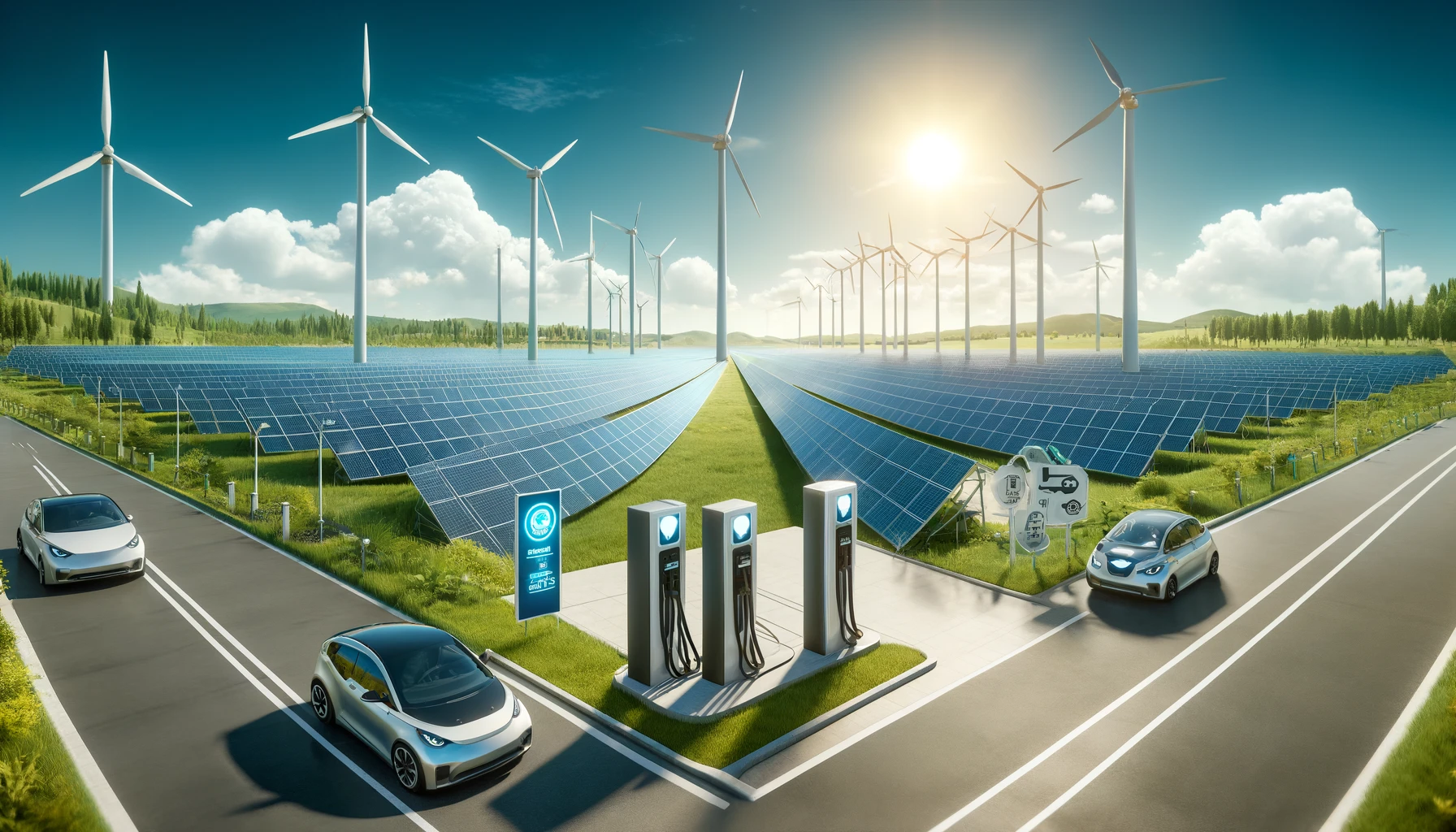India is making significant strides in the renewable energy sector, particularly in solar power, but continues to rely heavily on coal for its energy needs. Here’s a closer look at the current state and future prospects of India’s energy landscape as highlighted in the Global Electricity Review 2024.
Solar Power Growth
India has emerged as a major player in the global solar power market. In 2023, it became the third-largest solar power generator, surpassing Japan and contributing to 5.9% of the global solar growth. This achievement marks a dramatic increase in solar generation, which is now 17 times higher than in 2015. This exponential growth underscores India’s commitment to harnessing solar energy as a key component of its renewable energy strategy.
Energy Mix
Despite the impressive growth in solar energy, fossil fuels still dominate India’s energy mix. In 2023, a staggering 78% of the country’s electricity was generated from fossil fuels, with coal alone accounting for 75%. On the other hand, clean energy sources – including wind, solar, hydro, and nuclear power – made up only 22% of the electricity mix. This heavy reliance on coal highlights the challenges India faces in its energy transition.
Emissions
India’s dependence on coal has significant implications for its carbon emissions. In 2023, India was the third-largest emitter in the power sector, releasing 1,404 million tonnes of CO2. However, due to its relatively low per capita power demand, India’s per capita emissions from the power sector are the fourth lowest in the G20. This paradox highlights the country’s ongoing struggle to balance growing energy needs with environmental sustainability.
Coal Dependence
Coal remains the backbone of India’s energy supply, essential for meeting the country’s increasing electricity demand. In 2023, coal generation in India increased by 100 TWh, a 7.3% rise from the previous year. This trend underscores the challenge of reducing coal dependence while ensuring energy security and meeting the needs of a growing population.
Renewable Energy Targets
The Indian government has set ambitious targets for renewable energy to mitigate the environmental impact of its energy sector. By 2030, India aims to generate 602 TWh from solar power and 237 TWh from wind power. Achieving these targets requires substantial annual growth rates of 27% for solar and 16% for wind. These goals reflect India’s strategic push towards a greener energy future, but also underscore the scale of the challenge ahead.
Challenges and Future Outlook
Despite significant progress, the pace of clean energy growth in India is currently insufficient to meet the rapid increase in electricity demand. This gap leads to continued reliance on coal, with emissions expected to rise until renewable sources can fully meet the country’s energy needs. Accelerating the growth of renewable energy sources is crucial for reducing reliance on coal and achieving emission reduction targets.
India’s energy sector stands at a critical juncture. While the country has made commendable progress in expanding its renewable energy capacity, especially in solar power, it faces the daunting task of significantly increasing the share of clean energy in its electricity mix. The path to a cleaner energy future is fraught with challenges, but with sustained effort and strategic planning, India can achieve its renewable energy ambitions and contribute to global efforts to combat climate change.
India’s journey towards a sustainable energy future is a testament to its resilience and determination. By addressing the challenges head-on and leveraging its renewable energy potential, India can pave the way for a greener and more sustainable world.
Source: Global Electricity Review 2024







